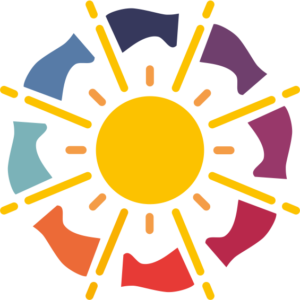 The Year of Light is a global initiative voted by the United Nations (UN) which aims to raise awareness around the world about the importance, in daily life, of light and technologies associated as optics and photonics. By focusing on the light and its technologies, the UN recognizes their role in sustainable development by providing solutions to current and future global challenges such as energy, education, agriculture and health. Light plays an essential role in our daily lives and is a crucial cross-discipline of science in the 21st century. It revolutionized medicine, opened the international communication via the Internet, and continues to be an important factor in social, economic, and cultural policiess. A large consortium of scientific organizations in partnership with UNESCO brings together many stakeholders, including the scientific community, the world of education, technology platforms, non-profit organizations and private sector partners.
The Year of Light is a global initiative voted by the United Nations (UN) which aims to raise awareness around the world about the importance, in daily life, of light and technologies associated as optics and photonics. By focusing on the light and its technologies, the UN recognizes their role in sustainable development by providing solutions to current and future global challenges such as energy, education, agriculture and health. Light plays an essential role in our daily lives and is a crucial cross-discipline of science in the 21st century. It revolutionized medicine, opened the international communication via the Internet, and continues to be an important factor in social, economic, and cultural policiess. A large consortium of scientific organizations in partnership with UNESCO brings together many stakeholders, including the scientific community, the world of education, technology platforms, non-profit organizations and private sector partners.
French Events in Photonics
For France, the International Steering Committee set up by UNESCO, entrusted exclusively to the National Committee, led by the CNOP (National Committee for optics and photonics), coordination and animation of the event at the national level. “2015, Year of Light in France” will cover all of these topics by organizing various events: conferences, round tables, technical and scientific meetings, artistic events, development of educational tools, exhibitions, popular science operations, scientific site visits, industrial and cultural meetings with and for young people… They will highlight the various areas concerned by light and its applications: science, industry, daily life , nature, culture, history. The wide spectrum of these fields promises a major mobilization of all: scientists from mathematics to philosophy, communities, public and private institutions, cultural actors and artists, students, professors and researchers, schools and universities. Many local players are already mobilized and have requested the Executive Board obtaining the label and communicate their program.
 The CNOP appointed an Executive Board which labelize the events, builds and manages communications tools, ensures a good distribution of events in terms of geography and audiences, handles the visibility of the Year from the various target audiences and the media. This committee brings together the main structures which work in the field of light: learned societies, associations and clubs, national organizations, scientific and cultural centers, museums, publishing houses, institutional, industrial…
The CNOP appointed an Executive Board which labelize the events, builds and manages communications tools, ensures a good distribution of events in terms of geography and audiences, handles the visibility of the Year from the various target audiences and the media. This committee brings together the main structures which work in the field of light: learned societies, associations and clubs, national organizations, scientific and cultural centers, museums, publishing houses, institutional, industrial…
National Committee
« 2015, Year of Light in France » With the sponsorship of the Nobel Prize in Physics Claude Cohen-Tanoudji and Serge HAROCHE
Executive Board
- Costel SUBRAN – Chairman
- Eric LAMBOUROUD – Communication
- Ivan TESTART – Sponsorship and finance
- Agnès HENRI – Secretary
- Catherine HERCE – Webmaster
Vice-presidents
- John DUDLEY – IYL2015-FEMTO-ST
- Etienne KLEIN – CEA
- Michèle LEDUC – IFRAF-ENS-CNRS
- Gérard MOUROU – Polytechnique





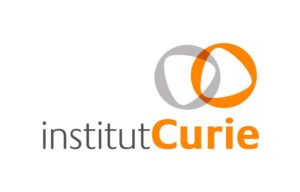

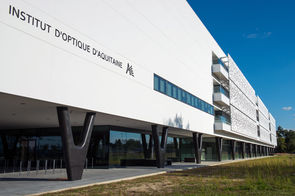
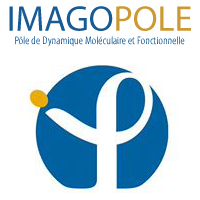
 We host such a system, and it will be made available at the Imagopole to all scientists, following the Imagopole access policy (as any regular system) by the end of September 2015. The CODIM100 is very simple to use, and can be operated by autonomous users, following a short training session.
We host such a system, and it will be made available at the Imagopole to all scientists, following the Imagopole access policy (as any regular system) by the end of September 2015. The CODIM100 is very simple to use, and can be operated by autonomous users, following a short training session. 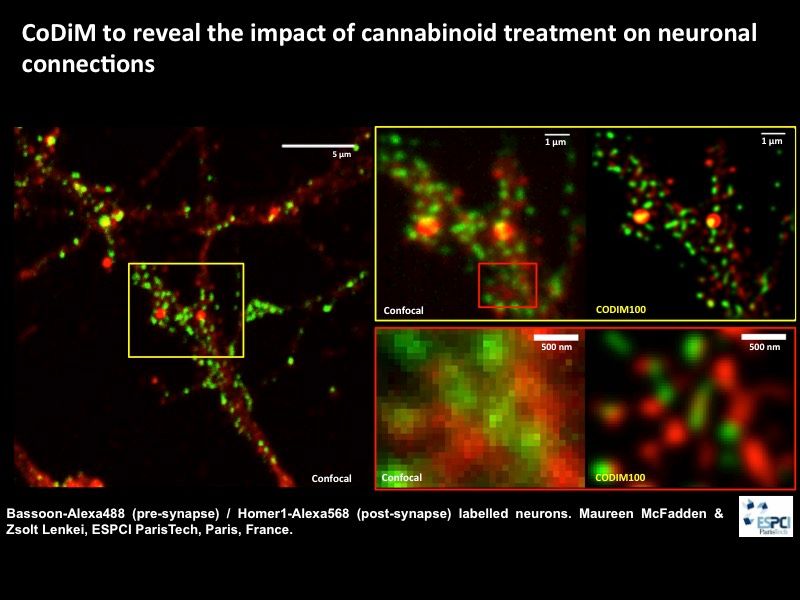
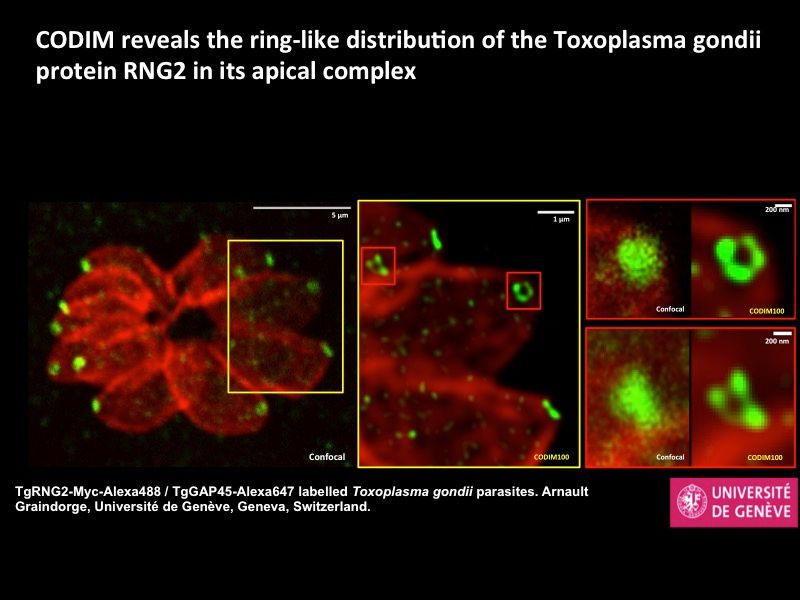

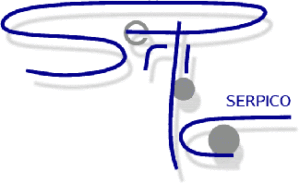
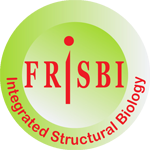

 The Year of Light is a global initiative voted by the
The Year of Light is a global initiative voted by the  The CNOP appointed an Executive Board which labelize the events, builds and manages communications tools, ensures a good distribution of events in terms of geography and audiences, handles the visibility of the Year from the various target audiences and the media. This committee brings together the main structures which work in the field of light: learned societies, associations and clubs, national organizations, scientific and cultural centers, museums, publishing houses, institutional, industrial…
The CNOP appointed an Executive Board which labelize the events, builds and manages communications tools, ensures a good distribution of events in terms of geography and audiences, handles the visibility of the Year from the various target audiences and the media. This committee brings together the main structures which work in the field of light: learned societies, associations and clubs, national organizations, scientific and cultural centers, museums, publishing houses, institutional, industrial…



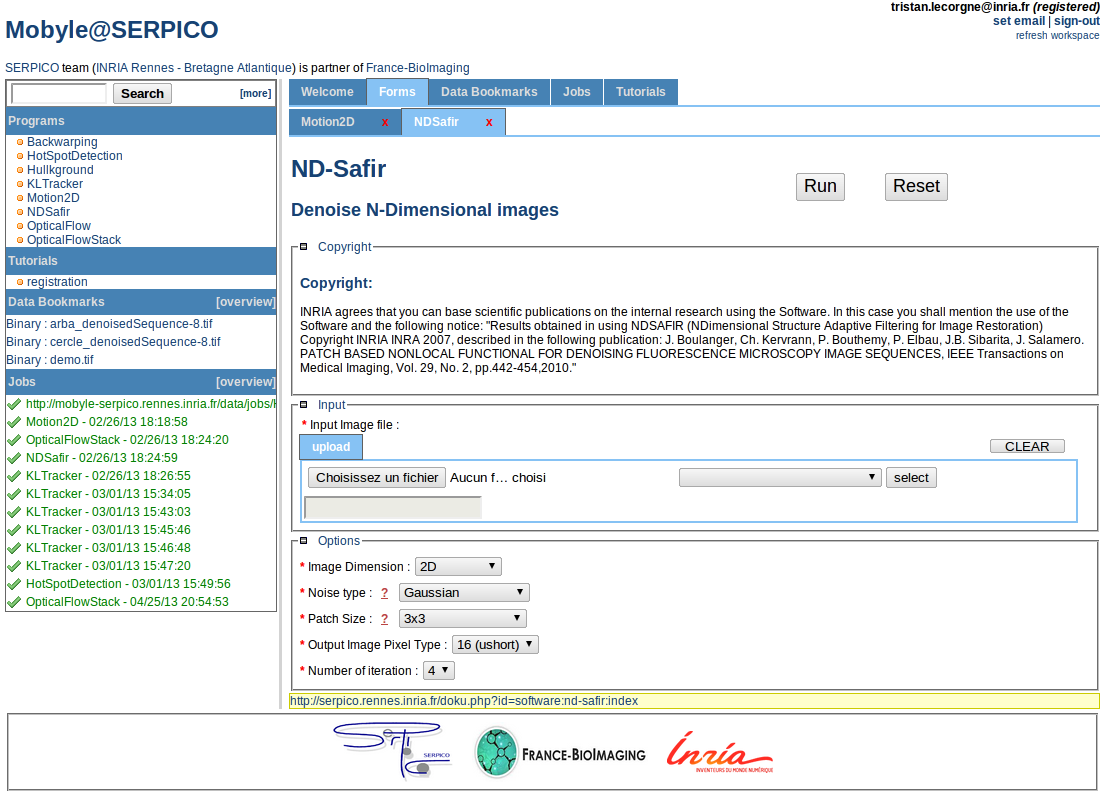
 Renseignements et inscriptions
Renseignements et inscriptions